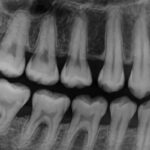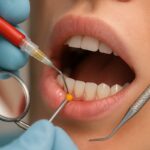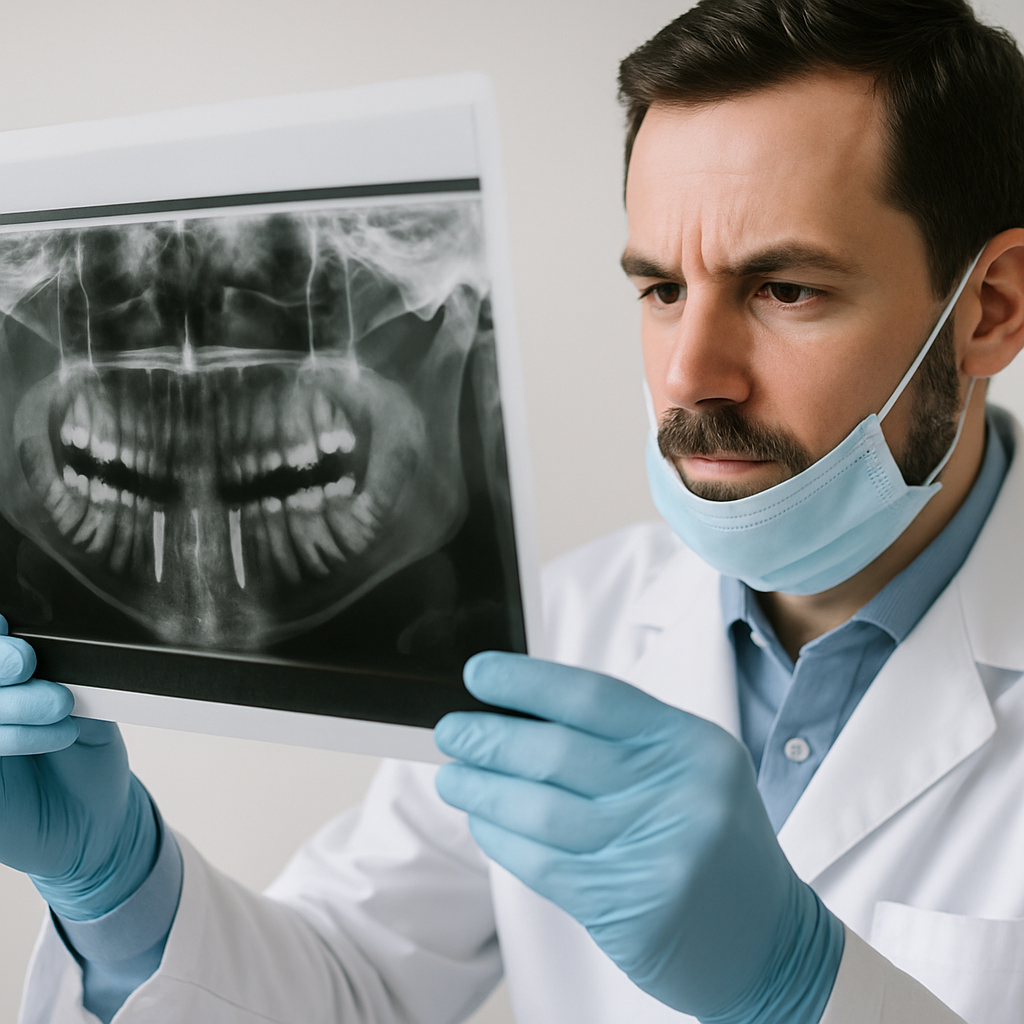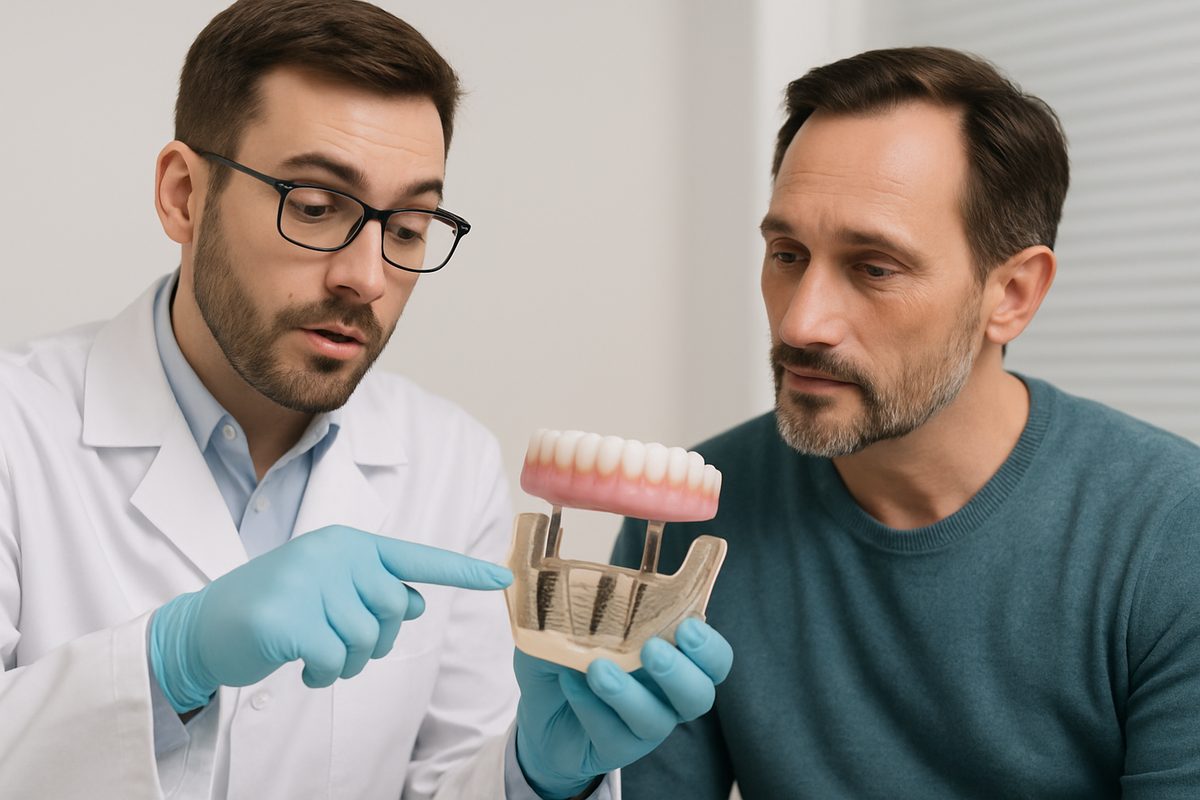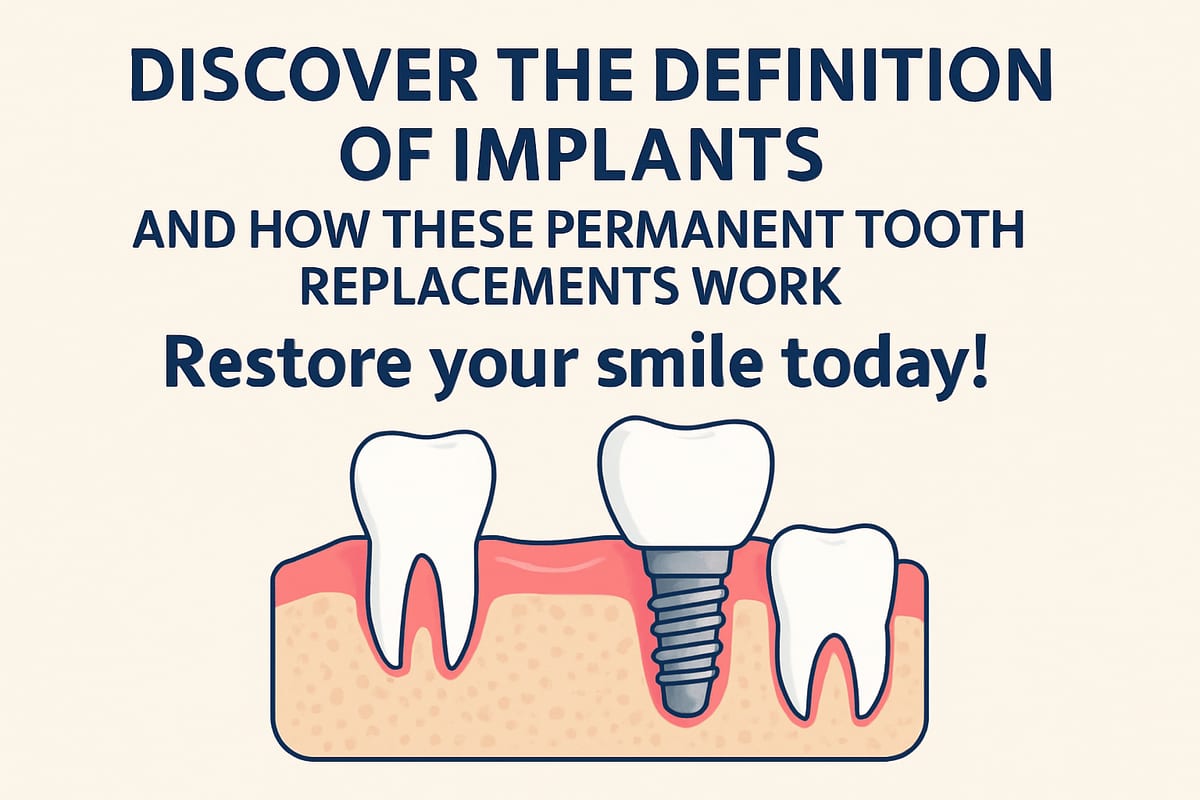A tooth extraction is the removal of a tooth from its socket in the jaw. People need extractions for many reasons: severe decay that can’t be fixed, deep infection, advanced gum disease, trauma, overcrowding before orthodontics, or impacted wisdom teeth. This post explains what to expect for a tooth extraction columbia md — why it’s needed, the types of extractions, how dentists evaluate and prepare you, pain control, recovery, costs, replacement options, and how to choose a provider near Columbia, MD.
Why a Tooth Extraction Becomes Necessary
A tooth extraction becomes necessary when saving the tooth is no longer safe or practical. Common causes include severe decay that destroys tooth structure, infections around the root that don’t respond to antibiotics or root canals, advanced periodontal disease that loosens teeth, trauma that fractures a tooth beyond repair, overcrowding, and impacted wisdom teeth. Delaying extraction risks the spread of infection, damage to neighboring teeth, worsening pain, and systemic problems for people with certain medical conditions.
Types of Tooth Extraction
Simple extraction
Simple extractions are done when the tooth is visible above the gum line and can be removed with dental forceps. The area is numbed with local anesthesia, the dentist loosens the tooth, and removes it. The process usually takes 20–40 minutes including prep and brief observation. Expect pressure but little sharp pain thanks to anesthesia.
Surgical extraction
Surgical extractions are needed when a tooth is broken at the gum line, has curved or long roots, or is otherwise not easily removed. The dentist or oral surgeon may make a small incision, remove bone, section the tooth, and place sutures. These procedures take longer and often require sedation for comfort and anxiety control.
Wisdom tooth removal
Third molars (wisdom teeth) are often impacted and require surgical removal. They may sit against the jawbone or neighboring teeth, increasing infection and crowding risk. Wisdom tooth surgery typically involves local anesthesia plus oral or IV sedation, careful bone removal when needed, and specific aftercare to reduce swelling and dry socket risk.
How Dentists Evaluate You Before a Tooth Extraction
Before any extraction, the dentist reviews your medical history, current medications (especially blood thinners), allergies, and conditions like diabetes or heart disease that affect healing. Imaging such as X-rays or a CBCT scan checks root shape, bone levels, and closeness to nerves or sinuses. This evaluation guides whether a simple extraction will work or if surgery and sedation are needed.
Preparing for a Tooth Extraction in Columbia, MD
Follow pre-op instructions closely: fast if you’ll have IV or oral sedation, adjust blood-thinning meds only under physician guidance, and arrange a ride home if sedated. Discuss sedation options—local anesthesia for numbness, oral sedatives for light sedation, or IV sedation for deeper relaxation. The dental team will explain risks, alternatives, and what to expect before the appointment.
What to Expect During the Procedure
The procedure starts with anesthesia to numb the area. For simple extractions a dentist uses instruments to loosen and remove the tooth. For surgical cases, an incision and minor bone removal may be needed, followed by stitches. You may feel pressure and movement but not sharp pain. Typical visit length ranges from 30 minutes for a routine extraction to 90 minutes or more for complex surgical cases.
Pain Control and Medications After Extraction
Pain is managed with over-the-counter meds like ibuprofen and acetaminophen for many patients. Stronger prescription pain meds are used for more extensive surgery or when needed for comfort. Antibiotics are prescribed when there’s active infection or high risk of infection. Gentle saltwater rinses or recommended oral rinses help keep the site clean—follow your provider’s timing and instructions closely.
Recovery Timeline and Common Complications
Initial healing occurs in the first 24–72 hours: expect swelling, minor bleeding, and discomfort that improves daily. By one week, soft tissue usually closes and sutures (if placed) may be removed or dissolve. Full bone remodeling can take several months. Watch for complications: heavy bleeding, rising pain after a few days (possible dry socket), fever, or signs of spreading infection. Contact your dentist for worsening symptoms.
Costs, Insurance, and Financing for a Tooth Extraction Near Columbia, MD
Insurance often covers simple extractions partially; surgical extractions may have higher out-of-pocket costs. Factors include the complexity of the extraction, imaging, sedation type, and whether an oral surgeon is required. Ask your provider for an itemized estimate and check your plan for coverage limits. Many practices offer payment plans, in-house financing, or third-party medical financing to spread costs.
When To Replace an Extracted Tooth
Replacing a missing tooth matters for chewing, speaking, and preventing neighboring teeth from shifting and bone loss. Options include dental implants (best for bone preservation and long-term function), fixed bridges (good for adjacent teeth replacement), and removable partial dentures (cost-effective but less stable). Your dentist will review pros and cons based on bone health, budget, and long-term goals.
Look for board-certified clinicians with experience in surgical extractions and sedation. Check that the office offers appropriate imaging, clear treatment planning, and options for comfort during the procedure. For complex cases, a team with implant and periodontal expertise helps plan replacements after extraction. Columbia Center for Implants & Periodontics offers board-certified periodontists, advanced tools like Yomi robotic guidance and LANAP laser, IV sedation, and financing options to support care.
Frequently Asked Questions About Tooth Extraction in Columbia, MD
Q: Is extraction painful?
A: With proper anesthesia and sedation, you should feel little to no pain during the procedure. Discomfort afterward is controlled with medications and home care.
Q: How long until I can eat normally?
A: Soft foods are recommended for the first few days. Most people return to a normal diet within 1–2 weeks, depending on complexity.
Q: Can I get an implant right away?
A: In some cases immediate implant placement is possible; in others, you may need healing time or bone grafting first. Your dentist will evaluate bone and infection status.
Q: When can I return to work?
A: Many patients return to work the next day for simple extractions. Surgical cases or those with IV sedation often need 48–72 hours for recovery.
Scheduling a Consultation for a Tooth Extraction By Columbia, MD
Bring a list of medications, your medical history, any recent X-rays, and your insurance information to the consultation. Ask about extraction type, anesthesia choices, recovery expectations, costs, and replacement options. A clear treatment plan will outline timing, follow-up, and financing. If you’re searching for tooth extraction columbia md, schedule a consult to review your options and get a personalized plan.


